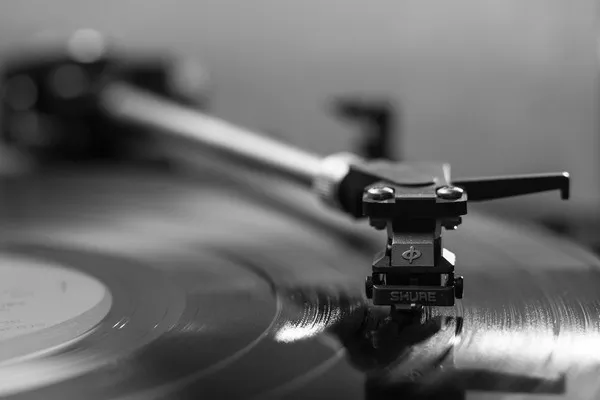Austin, August 8, 2023 – Enthusiasts within Austin’s local music and creative communities express a blend of optimism and caution as the possibility of new music venues and art spaces expanding across the city arises. With the inclusion of formal definitions for both types of establishments in the land use code, advocates are hopeful about the potential, while acknowledging the importance of measured consideration.
After extensive discussions and deliberations behind the scenes, the Planning Commission recently granted approval to the definitions for these uses. This development comes in response to a request from the City Council a year ago. The approval paves the way for the language to be presented before the Council next month, marking the final step in formalizing the application and approval process for music clubs and arts spaces in areas that previously encountered significant regulatory and planning obstacles.
A map circulating highlights a remarkable expansion, signifying that over 12,000 additional properties throughout the city could potentially host a music venue. This increase is nearly seven times the number of lots that previously qualified for such use.
Dave Sullivan, a member of the city’s Cultural Trust Advisory Committee and a devoted advocate for local music, points out that while the changes might lead to a noticeable surge in venues, subsequent closures might follow as music enthusiasts react to programming and business dynamics.
Sullivan exercises caution regarding the map’s implications. “The map does not guarantee that music venues will emerge in all these newly designated retail-zoned areas. It will be subject to market dynamics,” he cautioned. He also emphasized the importance of the Cultural Trust and Economic Development Department continuing to provide education for new venue owners, particularly in the form of small-business courses.
He elaborated on the potential influx of emerging venue operators. “While the possibility of new operators is real, it’s essential to recognize that many who step into running a bar, music venue, or restaurant do so out of passion rather than financial acumen,” Sullivan noted.
Sullivan commended the Economic Development Department’s efforts to create vibrant cultural and nightlife districts, fostering walkability and community engagement, similar to existing zones like the Red River Cultural District and the cluster of clubs and music venues near the intersection of Menchaca Road and Slaughter Lane in South Austin.
As a participant in an Urban Land Institute Austin group focused on preserving creative spaces, Sullivan highlighted conversations with developers concerning capitalizing on planned city incentives for music venues and art galleries. These discussions have elicited both hesitancy and interest from developers. Concerns arise over allocating ground-floor spaces to unproven ventures compared to established uses like retail or restaurants. Sullivan noted the significance of data revealing that creative uses lead to higher revenues generated from other floors.
Matt Kwatinetz, director of New York University’s Urban Lab and former economic development consultant for Austin, has compiled data underscoring the synergy between creative spaces and development. Kwatinetz suggests that Austin could model practices from New York, offering financial assistance to venues and arts spaces requiring costly soundproofing buildouts.
Kwatinetz also highlighted Austin’s approach to defining live music venues, designed to ease regulations for clubs with smaller capacities rather than larger theaters or spaces accommodating crowds of over 1,000. “This tailored approach acknowledges the uniqueness of the middle-market segment, a crucial aspect of Austin’s music scene,” Kwatinetz explained.
In his observations, Kwatinetz added, “Facilitating an as-of-right setup, subject to satisfying conditions, offers a favorable approach, eliminating the need for special permits and simplifying the process of opening venues.”



























